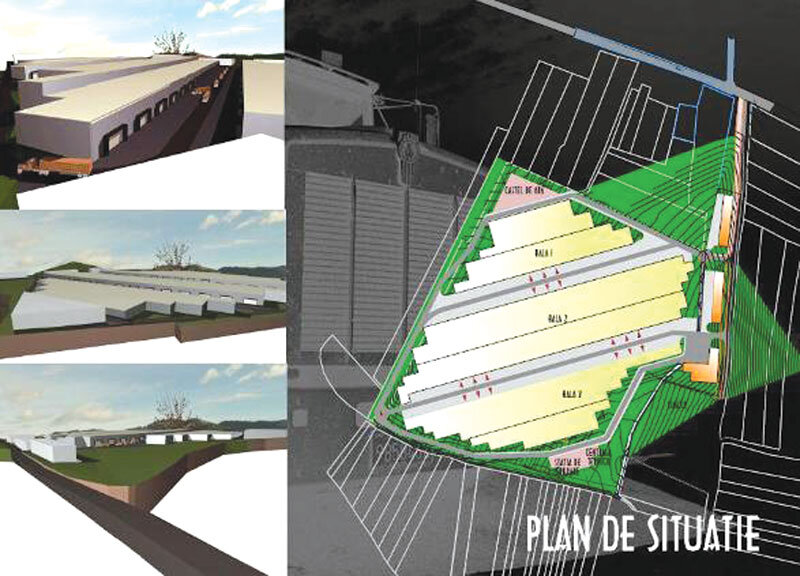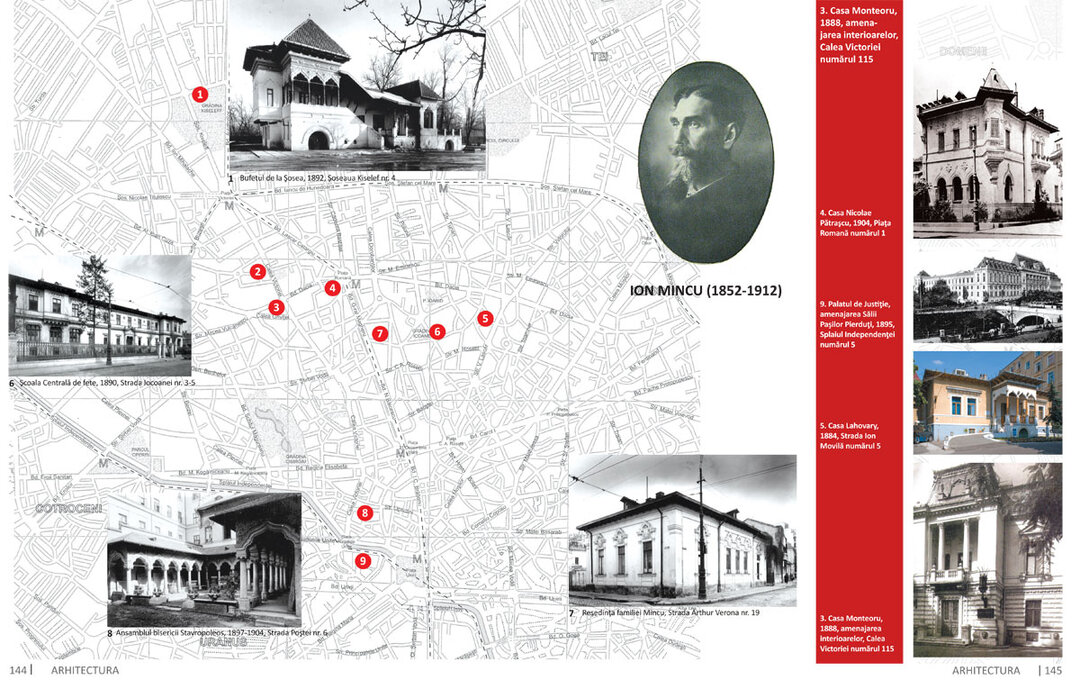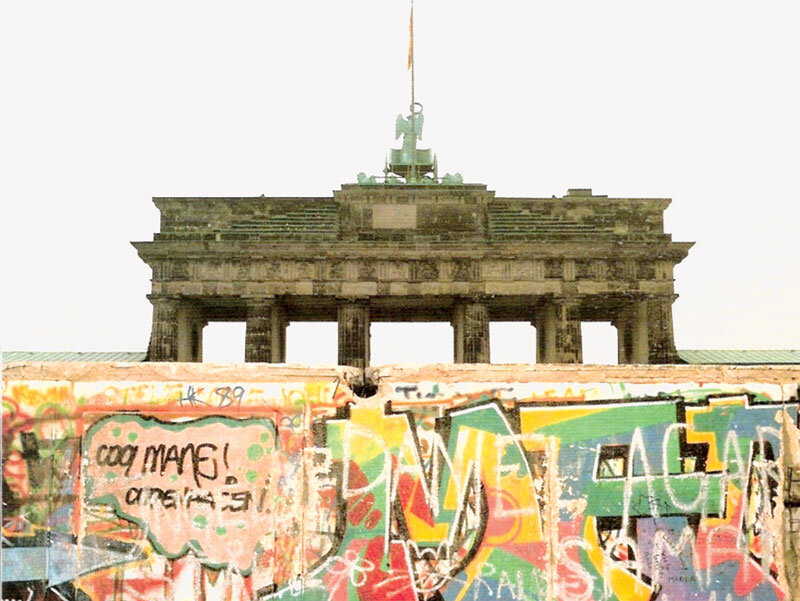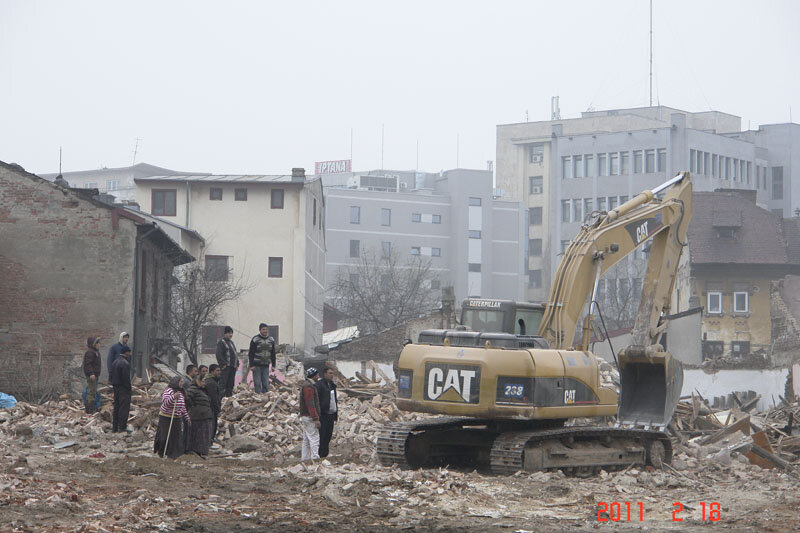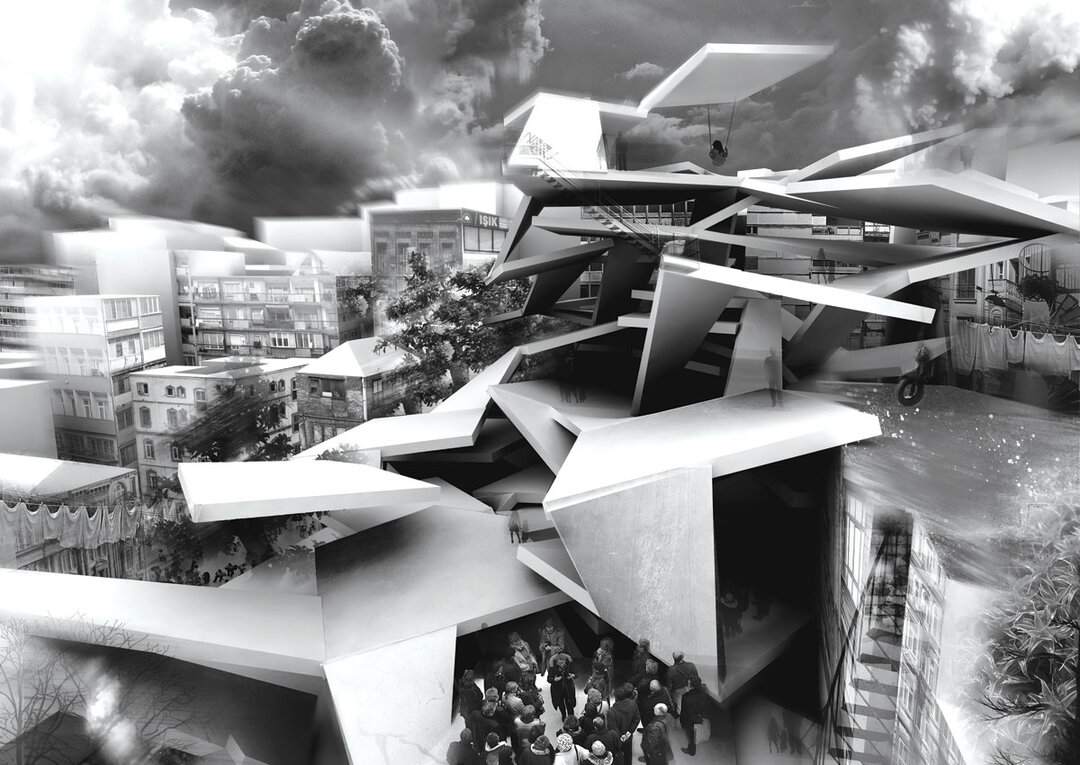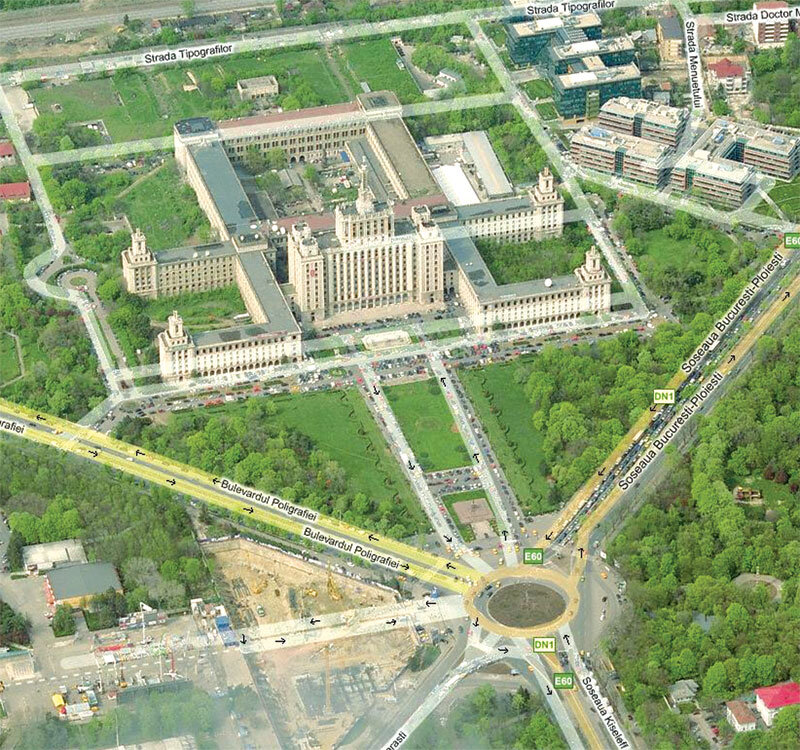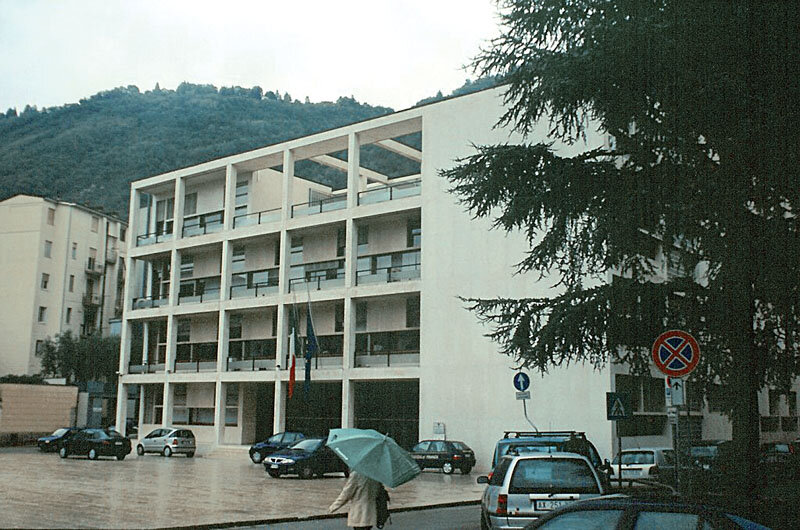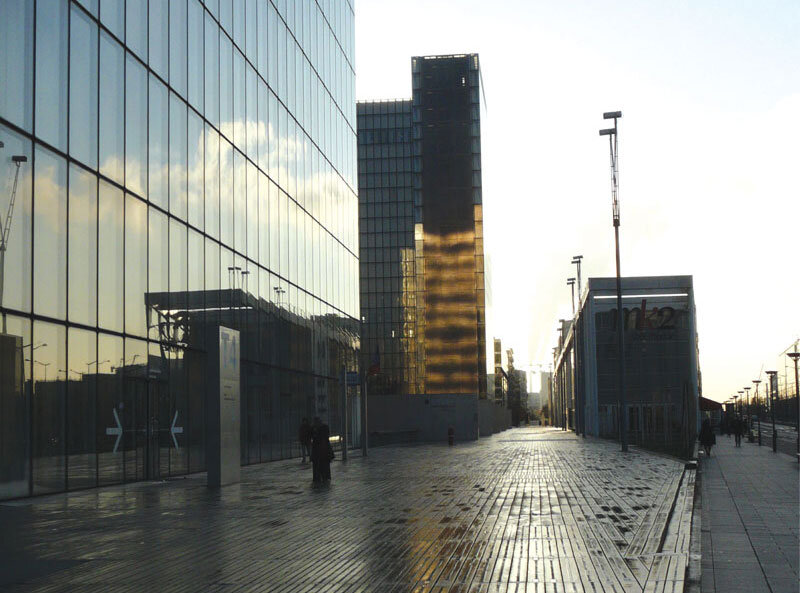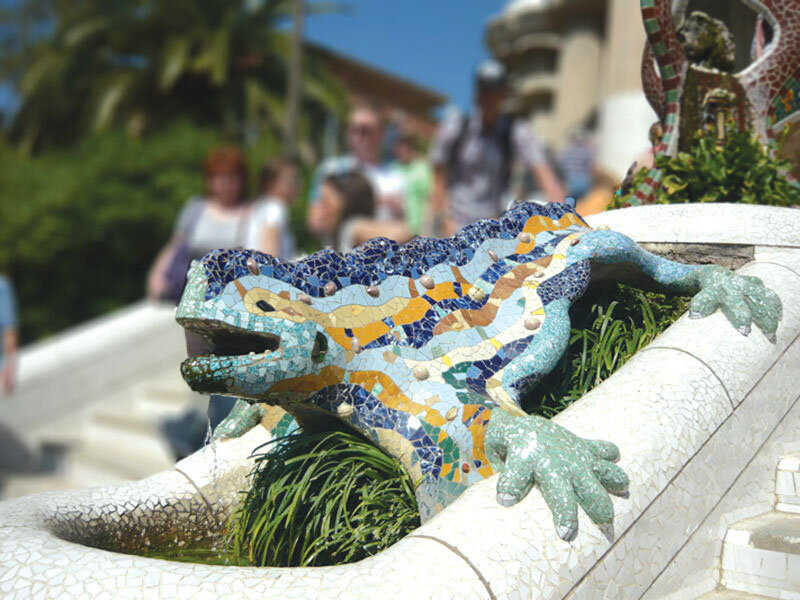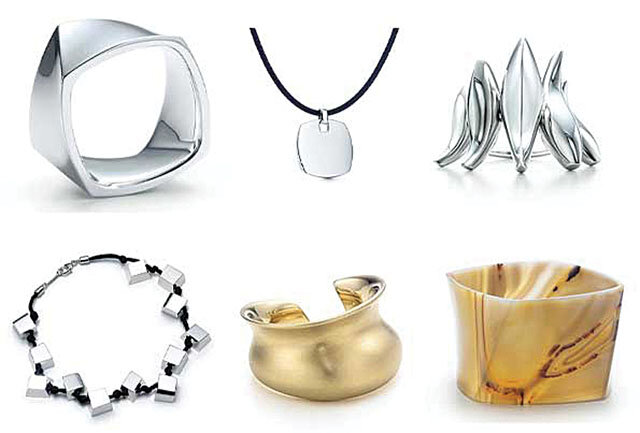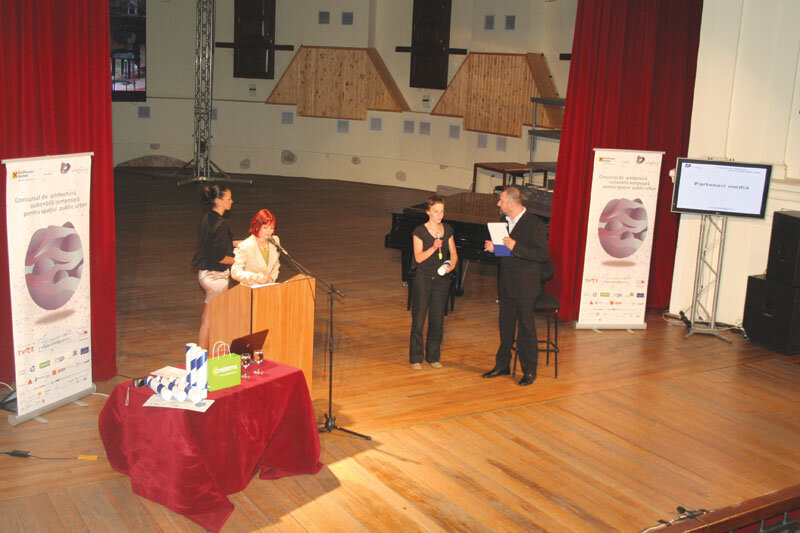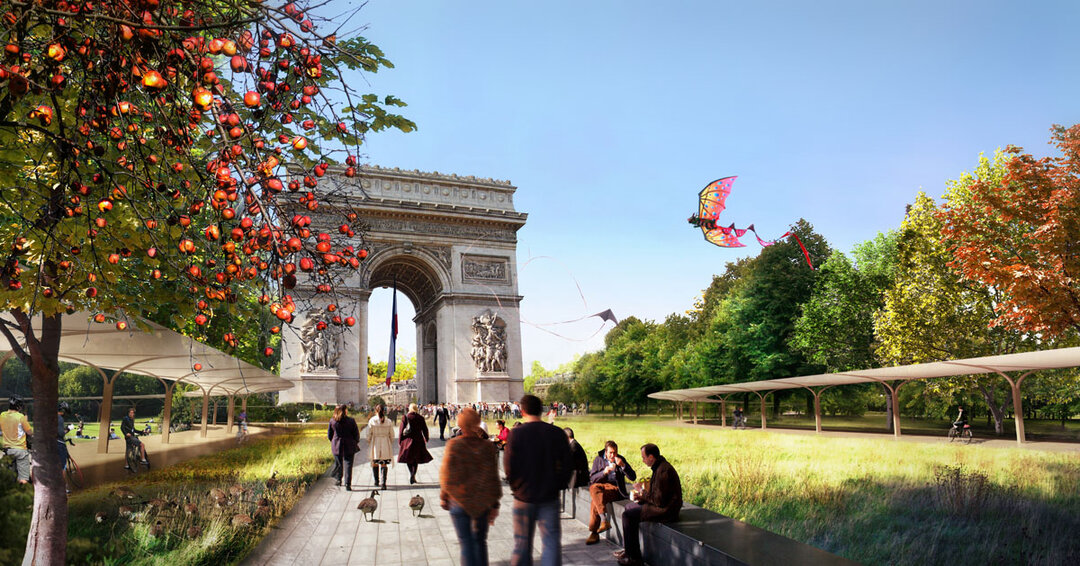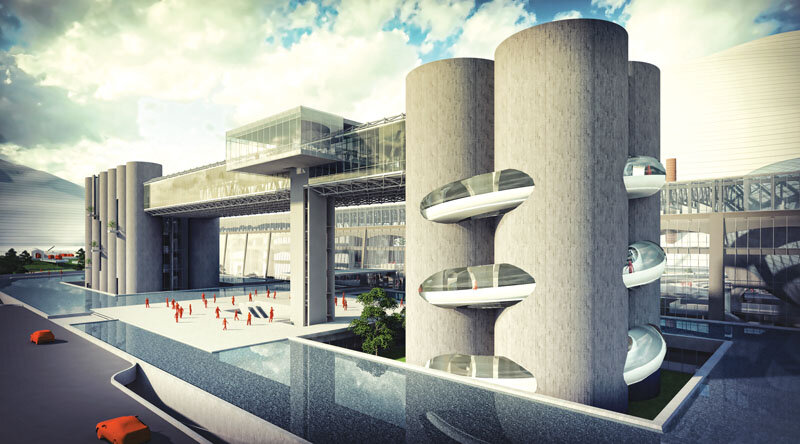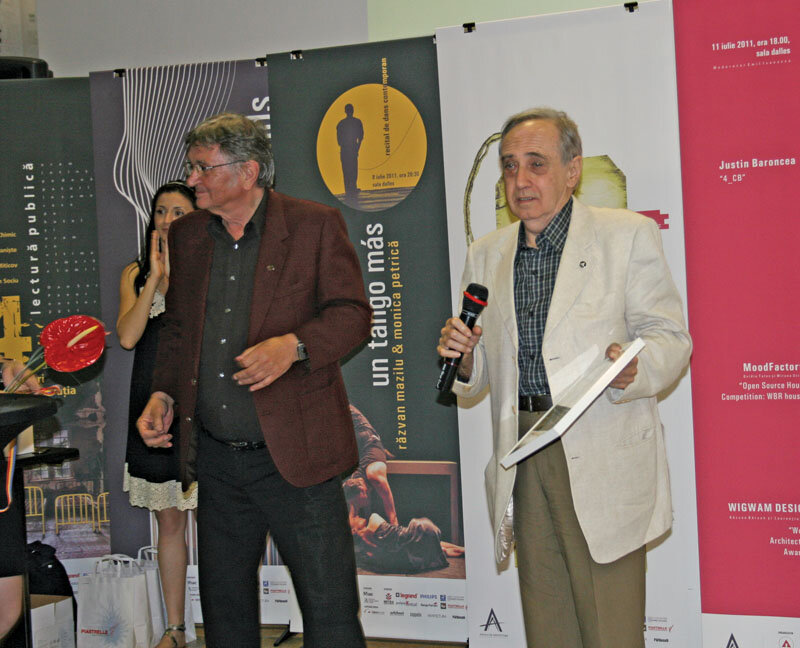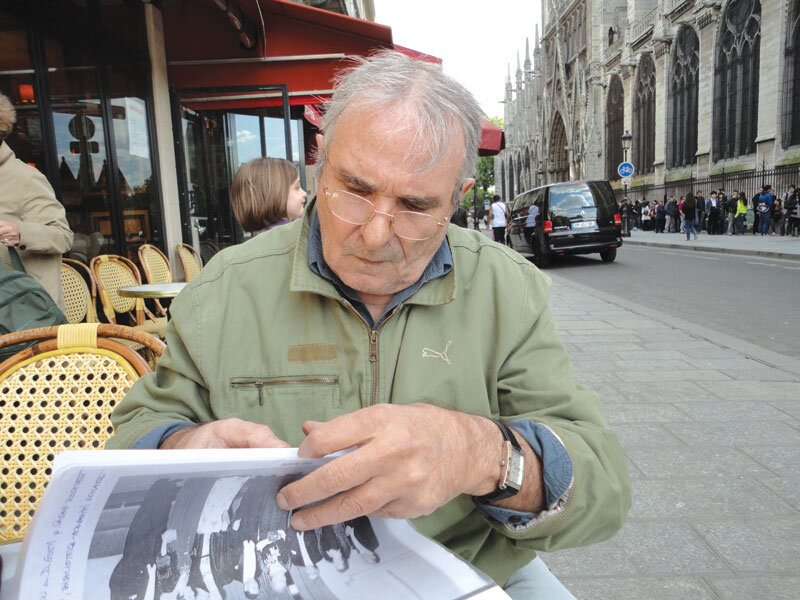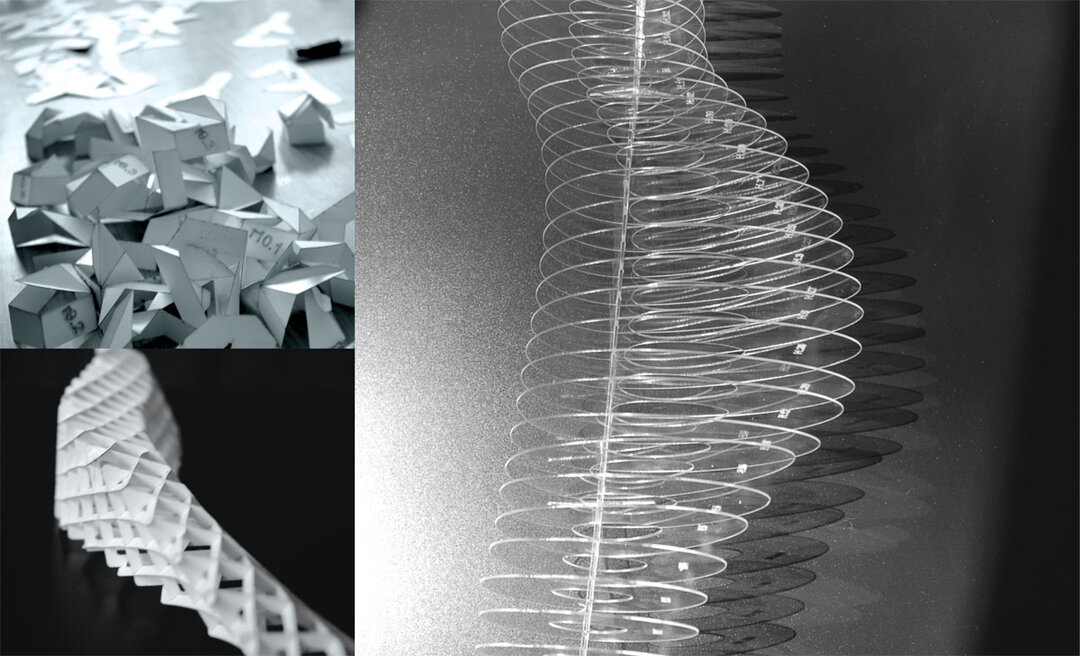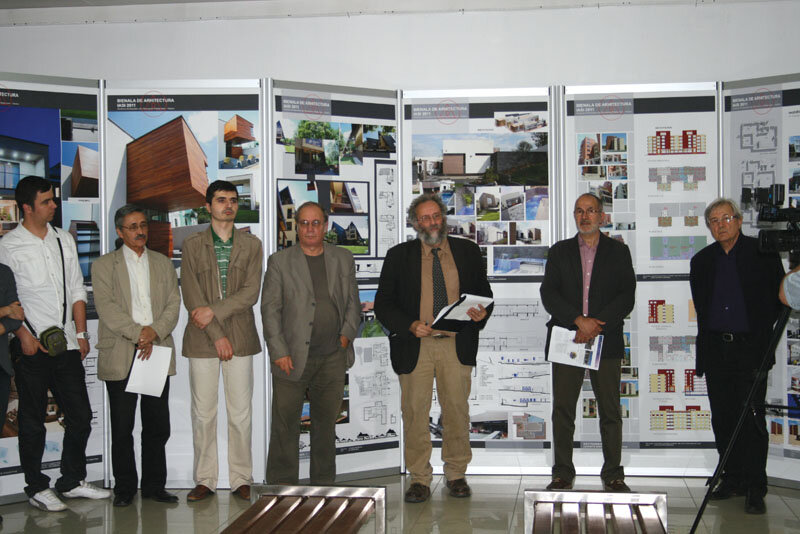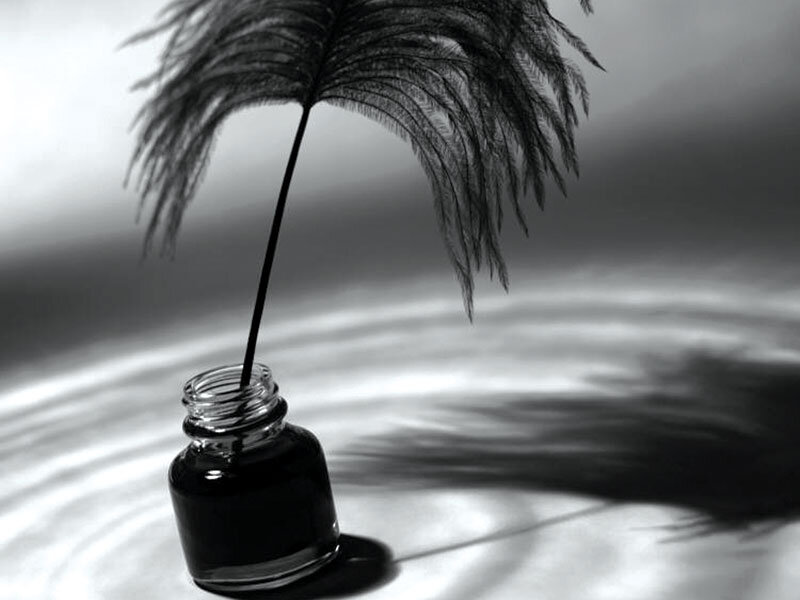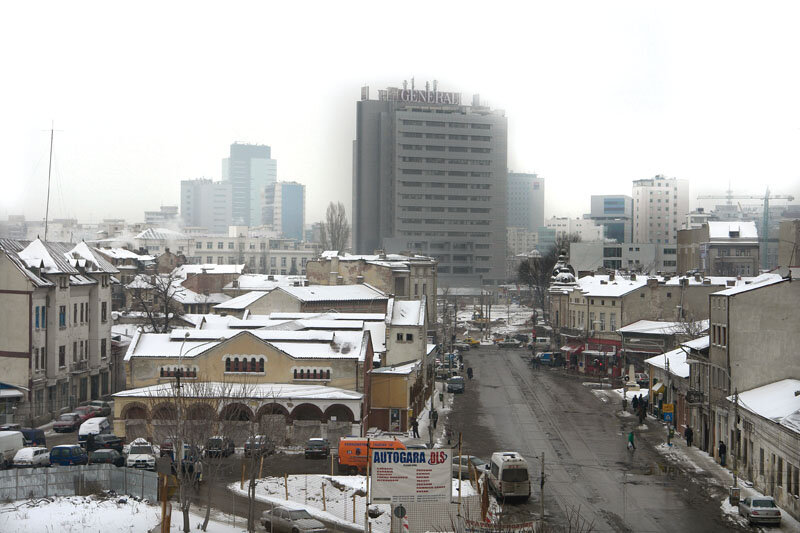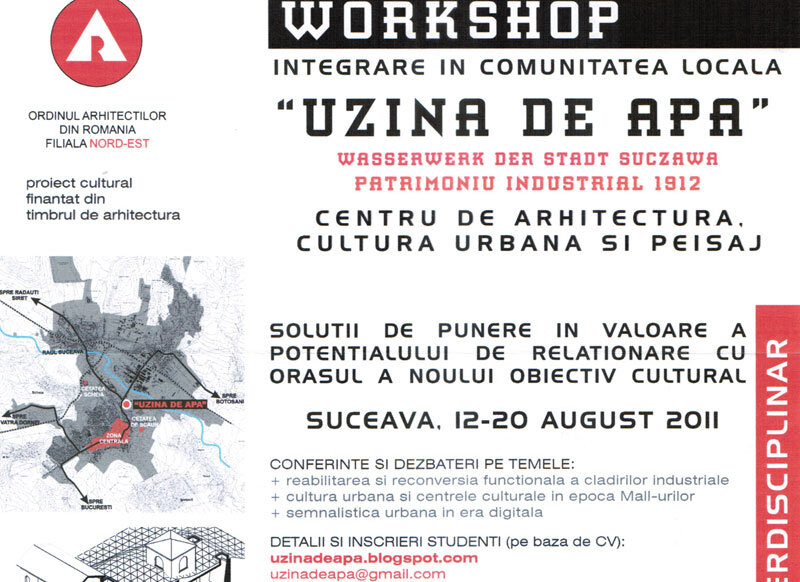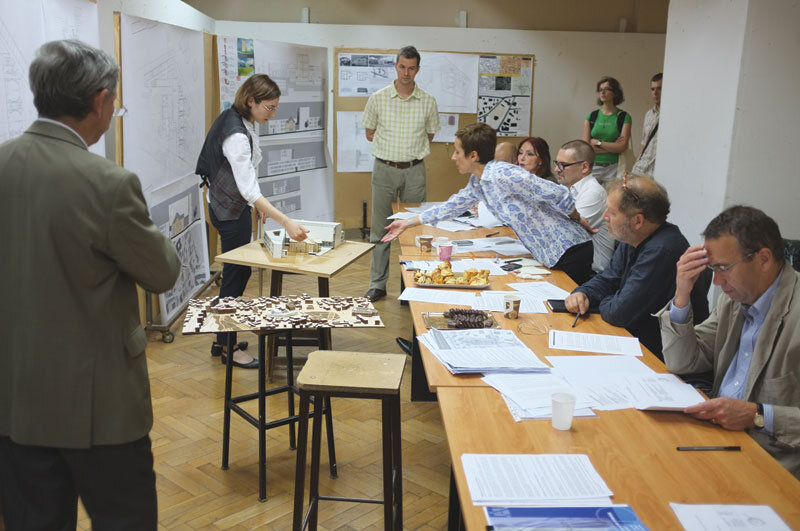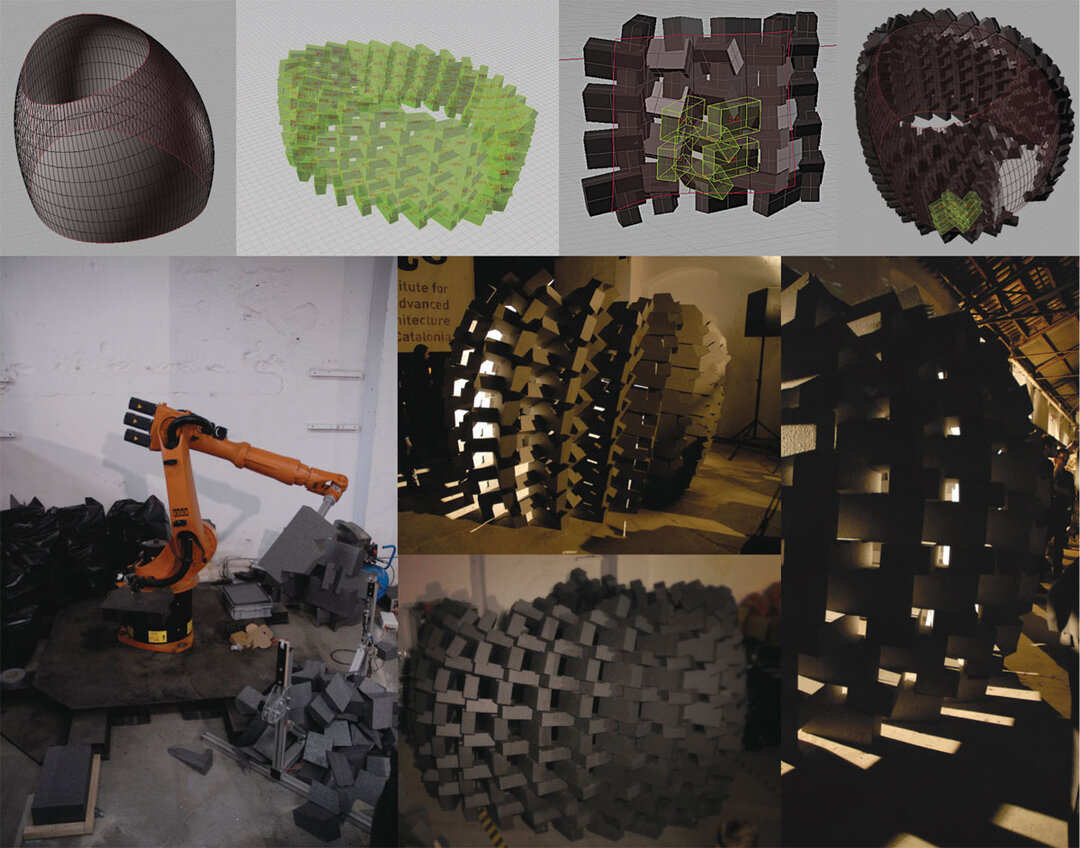
«Între-ruperi» în dulcea lene a spiritului
Inter-ruption of the Sweet Laziness of Spirit
| Tocmai când rațiunea noastră critică se lasă cuprinsă de dulcea toropeală a vacanței de vară, un subiect aproape violent – Rupturi – vine, iată, să-i mai trezească odată vigilența. Incomodă între-rupere în lenea spiritului care începea să se instaleze.
Redacția „Arhitectura” așteaptă de la noi prospețime de observație și interpretare, așa cum au produs polemica, avangarda și revoluția… care au generat marile rupturi din istoria civilizației și din cultura estetică – se spune în programul numărului tematic. Încercăm din greu să le producem, în timp ce verificăm cortul și rucsacurile, căutăm cartea verde a mașinii, pompa de la bicicletă ori acareturile de plajă. Cât de bine înțeleg acum antipatia populară față de teorii și față de gândirea avangardistă, oricât de voios e ea susținută de critică. E greu pentru omenescul din noi să se rupă din inerție, așa cum, altfel spus, e greu și pentru postmoderna „gândire slabă” să răspundă provocărilor venite dinspre cercetarea fundamentală. (Să mă ierte Gianni Vatimo dacă i-am vulgarizat conceptul, dar tezele filosofice trebuie uneori coborâte din înalturi și încercate în „comunicarea nedeformată” a lui Habermas. Sau a noastră.) Așadar, marile rupturi istorice au oxigenat atmosfera și au dus omenirea la progres, ni se spune. Mai cu o ghilotină în lumea sensibilă, mai cu elementul distructiv în lumea artei1. Numai că, în mod condamnabil și rușinos, unii dintre noi cu gândirea mai slabă tânjesc după starea de bine a continuităților, se complac în ațipirea spiritului printre dejà vu-uri. Și mai rău: vor să vadă continuități acolo und s-a căzut de acord că sunt rupturi, ba, se bucură să constate și la alții astfel de apucături lumești. Citiți textul integral în 3 / 2011 al Revistei Arhitectura. 1„Cred că elementul distructiv este mult prea neglijat în artă”, spunea Piet Mondrian. |
| Just as our critical judgment was preparing to get numbed by the sweet heat of the summer holiday, behold, an almost violent topic – Ruptures – comes to arouse its vigilance one more time. A really uncomfortable inter-ruption of the spirit’s laziness that was just beginning to take us over…
The editorial staff of „Arhitectura” magazine expects us to come up with fresh observations and interpretations, in the spirit of those produced by the polemicists, the avant-garde and the revolution… which generated the great ruptures in the history of civilization and in the aesthetic culture – according to the theme of the issue. We are trying hard to produce them while checking the tent and the backpacks, looking for the green card, the bicycle pump and the beach gear. I understand so well now the popular aversion to theories and the avant-gardist thinking, no matter how clamorously the critics may support it! It is hard for what is human in us to break with inertia, just like, from another perspective, it is difficult for the postmodern „weak thought” to respond to the challenges coming from fundamental research (I hope Gianni Vatimo will forgive me for having vulgarized his concept, but philosophical theses need sometimes to be brought down to earth and tested in Habermas’ „undistorted communication”. Or in ours.) Therefore, the great historical ruptures refreshed the air and led humanity towards progress, or so we are told; with the help of a guillotine in the sensible world, and with the help of the destructive element, in the art world1. Only, in a most condemnable and shameful fashion, there are still those of us endowed with a weaker thought who crave for the welfare of continuity, who indulge in the spirit’s drowsiness amid the déjà vu’s, and, which is even worse, who want to see continuity where agreement has been reached that there are ruptures; moreover, they even rejoice at seeing such earthbound mores embraced by others, too. Read the full text in the print magazine. 1 „I believe the destructive element is far too overlooked in art”, said Piet Mondrian. |


